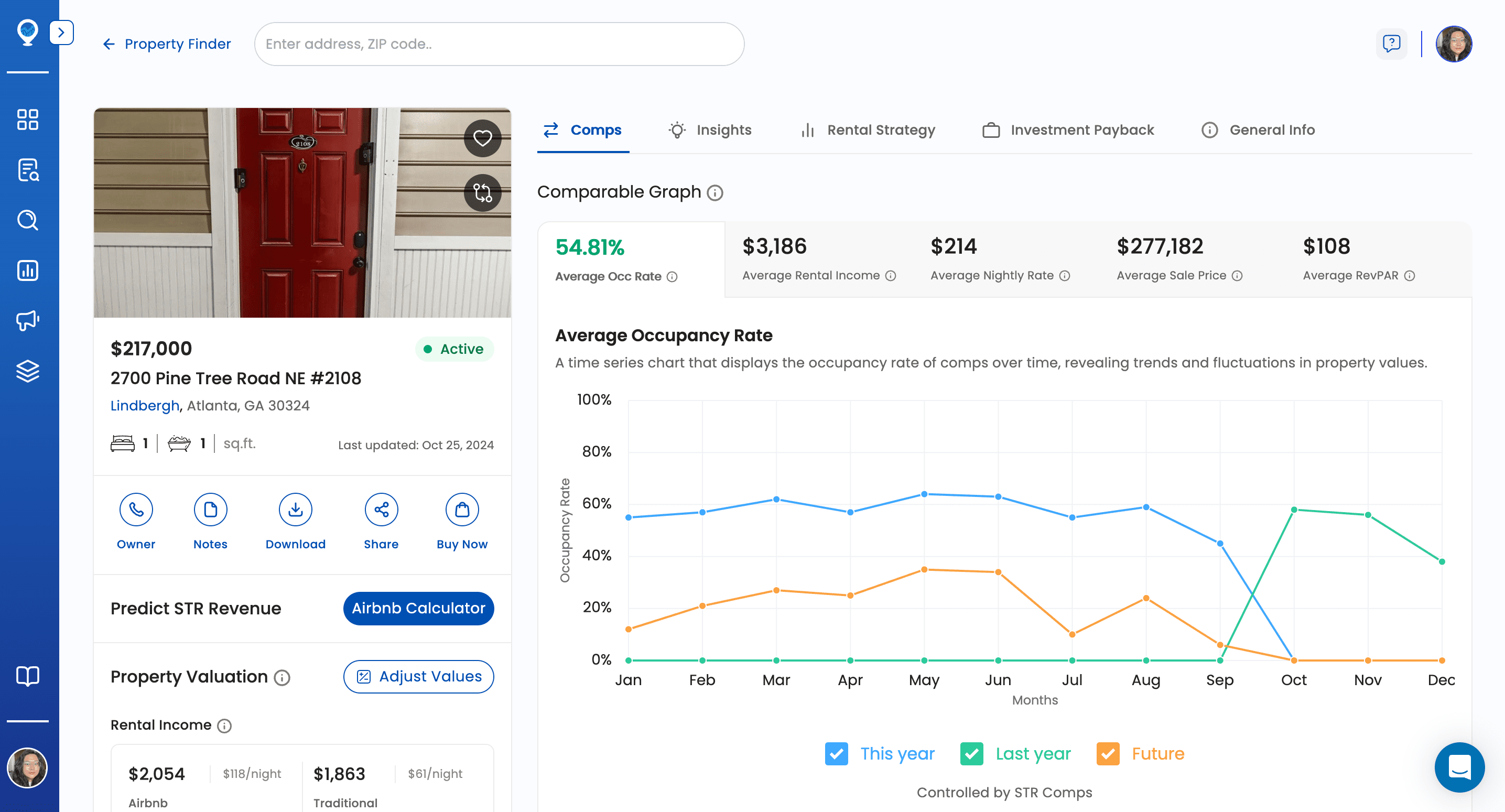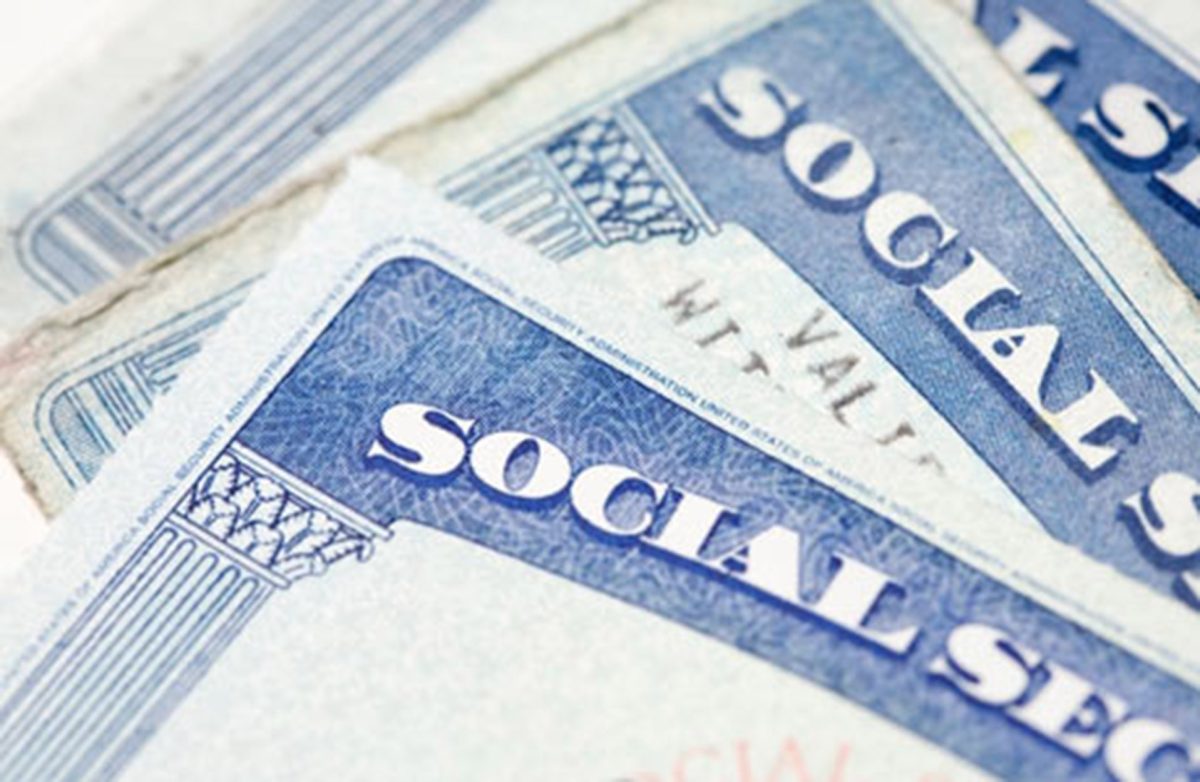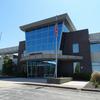A new report reveals just how unaffordable SA’s housing market is – at every pricepoint.
PropTrack’s 2024 Housing Affordability Report, released yesterday, reveals SA homes have never been more unaffordable.
But concerningly, it’s not just those looking to enter the market feeling the pinch.
Households with an income of $120,000 – more than the median SA household income of $103,000 – could afford to have bought just 24 per cent of all homes sold during the past financial year.
Step that up to $150,000 and it hasn’t really unlocked all that many more homes, with just 35 per cent of homes within reach.
Greater building activity is needed to help ease Adelaide’s housing crisis. But that’s not all that’s needed. Picture: iStock/BeyondImages
In order to be able afford half of all homes sold last year, a household would have needed to earn between $180,000 and $200,000.
Concerningly, households earning $300,000 a year were still locked out of 18 per cent of all homes sold last financial year, with that income only able to afford 82 per cent of all homes on the market.
PropTrack senior economist and report co-author Angus Moore said rising house prices, coupled with high interest rates and an undersupply of homes, had fuelled unaffordability.
“We’ve seen the RBA move once over the past 12 months, which has contributed to higher mortgage costs and worse affordability, though it’s nothing like what we saw in the 18 months prior to that,” Mr Moore said.
PropTrack senior economist Angus Moore says the report paints a bleak picture of Adelaide’s housing market. Supplied
“This is at a time where we’ve seen home prices have continued to grow over the past year.”
As expected, the report paints a sad picture for those at the bottom end of the market, with households with an annual income of $60,000 only able to afford 8 per cent of all homes sold last financial year.
Adding another $20,000 to that only unlocks another five per cent of all homes sold.
“SA has seen brisk price growth over the past year, even if they have slowed slightly – home prices are still up double digits compared to what we saw a year ago,” Mr Moore said.
“That growth is always going to put a strain on affordability if that continues.
“Interest rates are going to be a big swing factor here and if we see cuts next year as inflation comes under control that will start to help improve affordability in SA, or at least prevent it from declining further.”
Australian Council of Social Services CEO Dr Cassandra Goldie AO said the gap between the haves and the have nots was widening, and to not being able to find suitable and affordable housing, or to be at risk of risk losing it, was detrimental to South Australians’ mental health.
Dr Cassandra Goldie, CEO of the Australian Council of Social Service, said those at the bottom of the income spectrum face significant challenges.
“We have about 3 million people living in poverty in Australia, and on top of that there are dramatic increases in rent, and people with only a few dollars to spare can’t cope with a $50 a week increase in their rent,” she said.
“And people who are on low incomes are being forced to try and get into low-income housing, so it is a system that is broken because lack of affordability for one part of the community flows into the availability of supply for others.
“A single person on Jobseeker would have to spend more than their entire income to rent a median one-bedroom unit in most capital cities.
“How do people do it? They don’t. They’re not coping.”



















 English (US) ·
English (US) ·